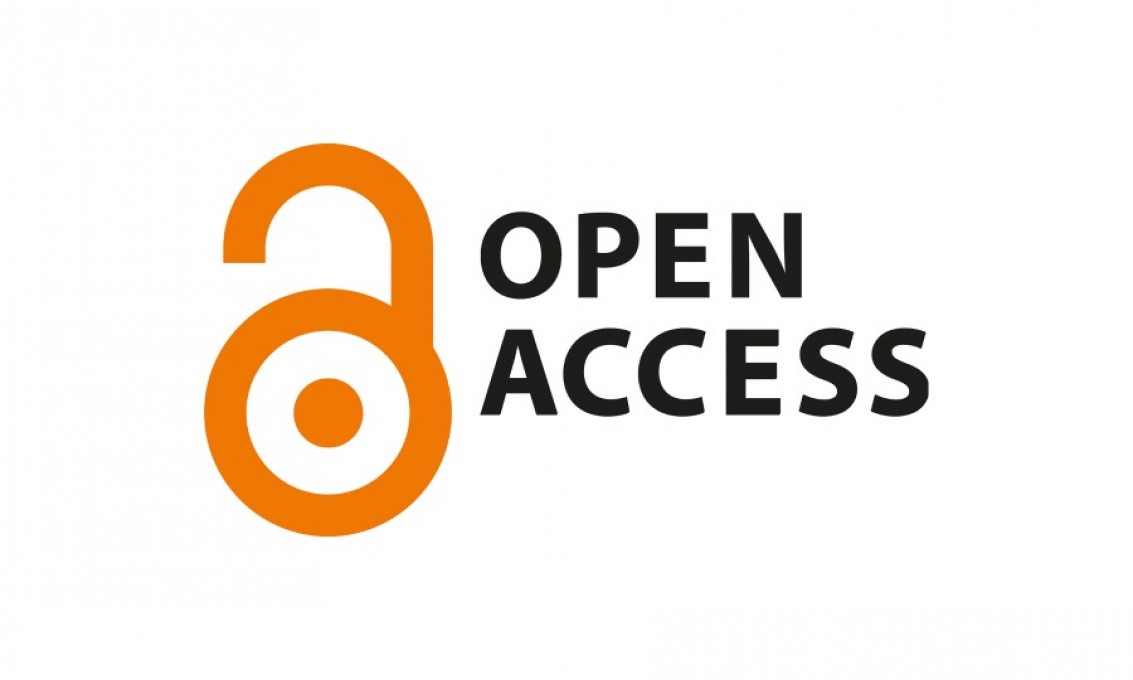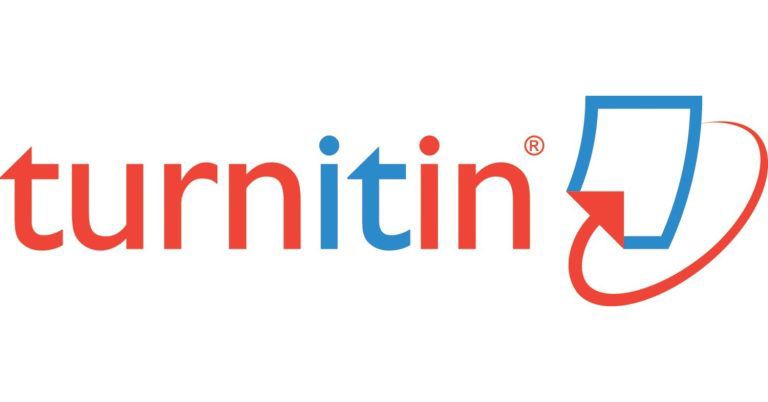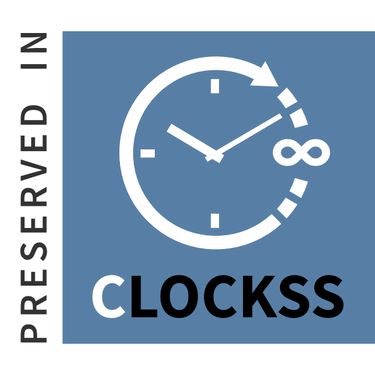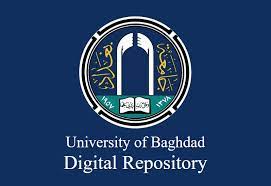The Impact of Virtual Reality Training Curriculum on Some Physical Abilities of Young Table Tennis Players
DOI:
https://doi.org/10.54702/xjxmvq75Keywords:
Virtual Reality Exercises, Physical Abilities, Young Table Tennis PlayersAbstract
The significance of this research lies in understanding the impact of virtual reality exercises and their role in developing certain physical abilities in young table tennis players within the training process. This understanding is based on the principles that every coach must consider in training and competitions. This includes selecting the type of exercises, the implementation method, or the effects of using different exercises. Through this, players can reach higher athletic levels and achieve good results. The objectives of the study include developing a training program for virtual and real-world exercises that are tailored to the abilities of the table tennis player sample. Additionally, the study aims to identify the impact of the program, designed according to virtual and real-world settings, on certain physical abilities of table tennis players. The research problem arose as the researchers observed training units specific to table tennis and found a lack of reliance on modern training methods that could significantly and visibly advance the development of the sport and its players. In particular, methods that utilize modern training tools and aids, as well as electronic technologies employed by the modern world, were underutilized. Among these modern technologies is the use of exercises that incorporate virtual training reality, in addition to the real one, and the integration between them. The study seeks to understand the extent of the impact of this reality, used in a scientific and precise manner, on the physical abilities of the players. Therefore, the researchers decided to address this training gap scientifically and precisely by developing a training program based on scientific exercises that include both virtual and real-world aspects. The impact of these exercises within this modern training approach, which is adopted by the contemporary world, on the physical abilities of emerging table tennis players was examined. The aim was to serve table tennis coaches and academies in our country with this program. The researchers employed the experimental method to suit the study's problem, and the research population was identified as young table tennis players for the 2022-2023 sports season. The study sample consisted of 20 players, divided into two groups: 10 players in the experimental group and 10 players in the control group. Following this, the main experiment was conducted to obtain and statistically analyze the study's results. The researchers concluded that the use of virtual reality exercises contributed positively to improving the physical abilities of the experimental group. The experimental group, which utilized the program designed with virtual reality technology, outperformed the control group, which used traditional methods (verbal explanation and practical demonstration), in terms of physical abilities variables, and this achieves one of the sustainable development goals of the United Nations in Iraq which is (Quality Education). In light of these conclusions, the researchers recommend the necessity of using virtual reality due to its proven positive impact on the physical performance level of the research sample, as demonstrated by the results of this study. They also emphasize the importance of considering the differences in physical characteristics among children when teaching various physical abilities.
References
Ashraf Mustafa Zaki. (2005). The Impact of Training on Start and Turn and the Numerical Level in Front Crawl Swimmers, Scientific Journal of Sports Sciences, Issue 95, Special Part on Research Derived from Masters and PhD. P14
Agarid Salem Abdul Redha. (2017). The Effect of a Suggested Training Program (Physical –psychological) on Some Physiological Variables and External Control Spot Of Table-tennis Players. Journal of Physical Education, 28(2), P284.
https://doi.org/10.37359/JOPE.V28(2)2016.217
Inaam Abdul Redha Ali et. al. (2020). Effect of using the flat hierarchical method on some aspects of muscular strength and straight serve skill for nascent tennis players. Modern Sport, 2020, Volume 19, Issue 2, P12. https://www.iasj.net/iasj/article/180245
Tamer Mohammed Kamel El-Metwally. (2007). Virtual Reality and Educational Video Presentations as One of the E-Learning Tools for Students of Educational Technology, Published Master's Thesis, Faculty of Specific Education, Tanta University. P55
Haider Abdul Ameer. (2017). The Effect of Special Exercises for Developing Working Arm Accuracy And Forehand Stroke In Table Tennis. Journal of Physical Education, 29(2), P380. https://doi.org/10.37359/JOPE.V29(2)2017.173
Haider Abdul Ameer. (2017). Contribution Percentage Of Some Visual Functions and The Accuracy of Forehand Shots in Table Tennis. Journal of Physical Education, 29(1), P351. https://doi.org/10.37359/JOPE.V29(1)2017.1094.
Haider Abdulameer Habeeb, Atheer Khalil Ibrahim (2019). Kinetic agility relationship with accurately perform the forehand kick for table tennis beginners. Modern Sport, 18(1). P19.
https://www.iasj.net/iasj/article/217771
Haider Abdul Razzaq Al-Abbadi. (2015). Fundamentals of Scientific Research Writing in Physical Education, 1st Edition, Iraq, Al-Ghadeer Company for Printing and Publishing. P385.
Risan Khreibet Majeed. (2017). Selecting Sports Talents Steps to Globalization, 1st Edition, Cairo, Dar Al-Fikr Al-Arabi, p. 206.
Salem Najaf Al-Yas Al-Taie. (2020). Measuring and Comparing the Level of Sports Achievement in Events (Fencing, Weightlifting, Table Tennis) Among Individuals Challenged by Disabilities Due to Accidents and Birth, Modern Sport. 19(3), 0062.
https://doi.org/10.54702/msj.2020.19.3.0062
Sumaya Riadh and Widad Kadhum. (2022). The Effect of Exercises Using the Bouncing Ball Tool in Developing the Accuracy of Forehand and Backhand Strokes for Wheelchair Tennis Players. University of Baghdad, Modern Sport 21, no. 1. P100.
https://doi.org/10.54702/msj.2022.21.1.0098 .
Tareq Ahmed Mirza. (2018). The impact of a training curriculum for the tolerance of using (training mask) in some functional indicators for the 400 meters and 800 meters for the junior class. Modern Sport, 17(4). P5
https://jcopew.uobaghdad.edu.iq/index.php/sport/article/view/825 .
Essam Ahmed Abu Jameel. (2015) Training in Sports Activities, 1st Edition, Cairo, Modern Book Center for Publishing. P187.
Qassem Hassan, Fathi Almahshhash Youssef. (1999). The Sports Talent: Characteristics and Features in the Sports Field, 1st Edition, Amman, Dar Al-Fikr for Printing, Publishing, and Distribution. P87.
Mohammed Hassan Alawi, Mohammed Nasr El-Din Radwan.(2001). Motor Performance Tests, Cairo, Dar Al-Fikr Al-Arabi. P53.
Mahmoud Dawoud Al-Rubaie. (2018). Fundamentals of Scientific Research, Amman, Dar Safaa for Publishing and Distribution. P123
Marwa Ahmed Fadel. (2011). A Study on the Reality of Preparing Young Table Tennis Players in Sharqia Governorate, Egypt, Digital Repository of Zagazig University.
Mustafa Ahmed Shawky. (2016). Using Virtual Reality Technology in Designing a Program to Teach Some Basic Volleyball Skills, Cairo, Helwan University, Faculty of Physical Education for Men. Master's Thesis. P186
Meheryar Nooriafshar (2005). The Use of Virtual Reality in Education, Journal of Interactive Learning Research Vol (15) No (1(. P67
Tahir, S. A., Al-Selmi, A. D. H. (2023). The Effect of a Training Curriculum According To the Physiological Index and the Transitional Speed of the 100m Hurdles Runner. Revista iberoamericana de psicología del ejercicio y el deporte, 18(3), P259
Ali, N. & Ferdig, R. (2002). Why not Virtual Reality?: The Barriers of Using Virtual Reality in Education. In D. Willis, J. Price & N. Davis (Eds.), Proceedings of SITE 2002--Society for Information Technology & Teacher Education International Conference (pp. 1119-1120). Nashville, Tennessee, USA: Association for the Advancement of Computing in Education (AACE). Retrieved January 29, 2024 from
Downloads
Published
Issue
Section
License
Copyright (c) 2024 Modern Sport

This work is licensed under a Creative Commons Attribution 4.0 International License.















